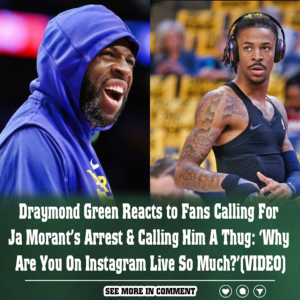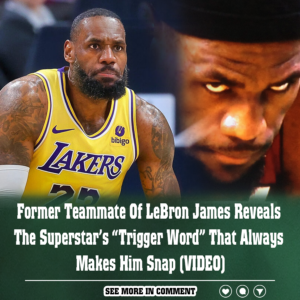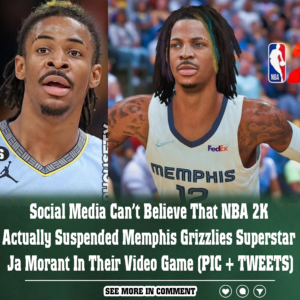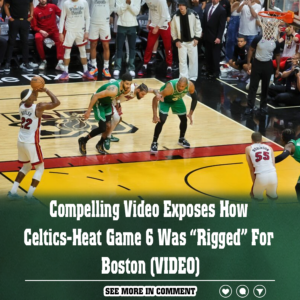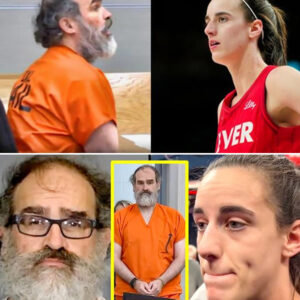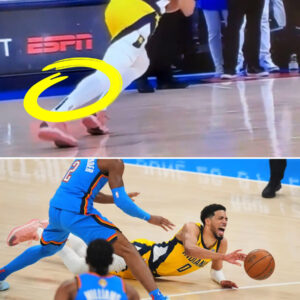James Gunn’s DCU Reboot from Snyderverse will make the Doomsday reintroduction plan unfulfilled
In the world of DC Extended Universe enthusiasts, the excitement of witnessing Henry Cavill’s Superman confront the menacing Doomsday was a thrilling notion. However, with the ongoing evolution of the cinematic world and the transformative influence of director James Gunn on the DCEU, it seems this showdown ultimately went unfulfilled.
 Henry Cavill
Henry Cavill
Henry Cavill’s Confrontation With DC’s Most Fearsome Villain Remains Unfulfilled
For ardent fans of the DC Extended Universe, the enduring dream of witnessing Henry Cavill’s Superman confront one of the most imposing villains in the comic book universe, Doomsday, remains frustratingly unfulfilled.
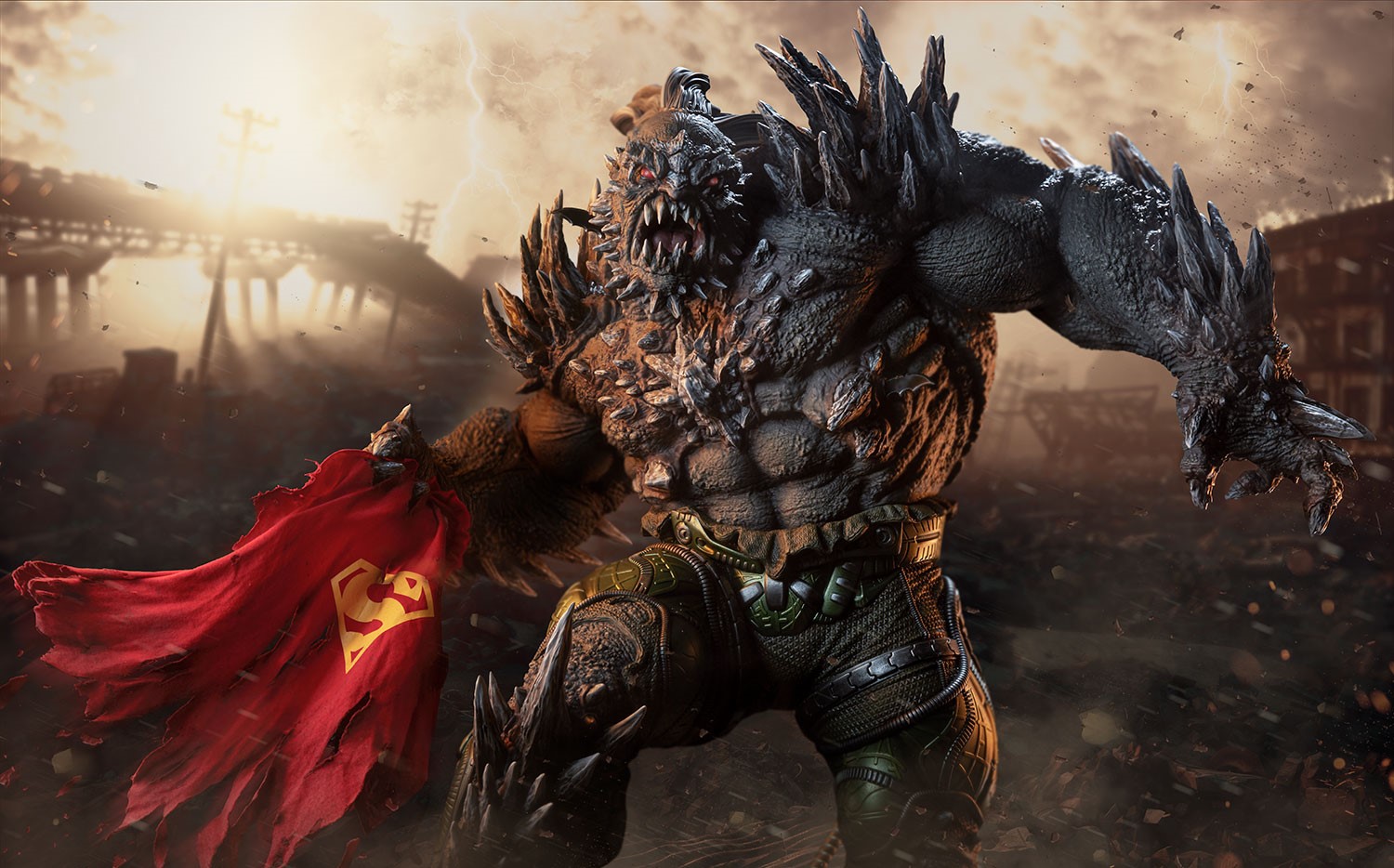 Doomsday
Doomsday
Viewers were introduced to a plethora of well-known heroes and villains within the three movies Zack Snyder managed to finish, especially when you take into account his director’s cut of Justice League. A creature like Doomsday was one among them.
However, was this version the real Doomsday? We still don’t know. According to Snyder, Doomsday was a genetically engineered clone created by the evil Lex Luthor using General Zod’s remains.
Nevertheless, via Screenrant previously a fan questioned whether the real Doomsday still hid in the shadows despite the action-packed showdown it provided. The writer responded, “Yes – the real Doomsday is out there still.”
Now, as James Gunn spearheads a new era in the DC universe, the 40-year-old Superman faces an uncertain future.
Gunn’s vision is steering away from the Snyderverse, and it appears that the dream clash between Cavill’s Superman and the genuine Doomsday may never see the light of day.
Yet, the question arises: Why did the 57-year-old conclude the Snyderverse, and how does it fit into the broader DCU reboot plans?
Incompatibility Between Snyderverse And DCU Reboot Plans
The DC Extended Universe stands as a continually evolving domain shaped by the unique imprints of various filmmakers.
James Gunn’s vision for the DC Universe has sparked a noticeable clash with the foundations laid by the Snyderverse. It was marked by one fundamental principle that highlights their incompatibility.
DC Extended Universe
Over a decade, Snyder crafted a roadmap for the DCEU, striving to resonate with audiences through epic storytelling. However, with the transition to Gunn and Peter Safran’s leadership, a shift toward a more Marvel Cinematic Universe-like approach became evident.
Marvel’s narratives often focus on ordinary individuals becoming extraordinary, while DC portrays extraordinary beings as gods among men. This contrast speaks to why the MCU has enjoyed such audience appeal, thanks to its relatable main characters.
Snyder embraced the classical DC style, while Gunn opted for a more human-centered perspective. In an official statement to The Hollywood Reporter, Gunn, and Safran emphasized,
“Our commitment to Superman, Batman, Wonder Woman, Aquaman, Harley Quinn, and the rest of the DC stable of characters is only equaled by our commitment to the wonder of human possibility that these characters represent.”
The harsher tone and lack of comedy in the Snyderverse have drawn criticism, which contrasts significantly with Marvel’s colorful and upbeat superhero approach.
The introduction of a lighter, more humorous tone by filmmakers like Gunn symbolizes a departure from Snyder’s choices, reflecting a broader shift in the DCEU’s creative direction.
News
Draymond Green Reacts to Fans Calling For Ja Morant’s Arrest & Calling Him A Thug: ‘Why Are You On Instagram Live So Much?’(VIDEO)
After Ja Morant’s second gun incident in a matter of months, a bunch of people took to social media and stated that the Memphis Grizzlies superstar should serve…
Former Teammate Of LeBron James Reveals The Superstar’s “Trigger Word” That Always Makes Him Snap (VIDEO)
ATLANTA, GEORGIA – JANUARY 30: LeBron James #23 of the Los Angeles Lakers holds his knee after falling against the Atlanta Hawks during the third quarter at State Farm…
Social Media Can’t Believe That NBA 2K Actually Suspended Memphis Grizzlies Superstar Ja Morant In Their Video Game (PIC + TWEETS)
A lengthy suspension for Ja Morant is likely on the way as the NBA gathers all the details from his latest controversy on Instagram Live. Morant seemed to be…
NBA Fans Think Adult Star Lana Rhoades Called Out Nuggets Player (Who May Be Her Baby Daddy) For Having Small WeeWee
Some NBA fans think Lana Rhoades was hoping for an extra inch or two and torched an NBA player now rumored to be the father of her…
Compelling Video Exposes How Celtics-Heat Game 6 Was “Rigged” For Boston (VIDEO)
MIAMI, FLORIDA – MAY 27: Jimmy Butler #22 of the Miami Heat shoots a foul shot against the Boston Celtics during the fourth quarter in game six of the…
End of content
No more pages to load
